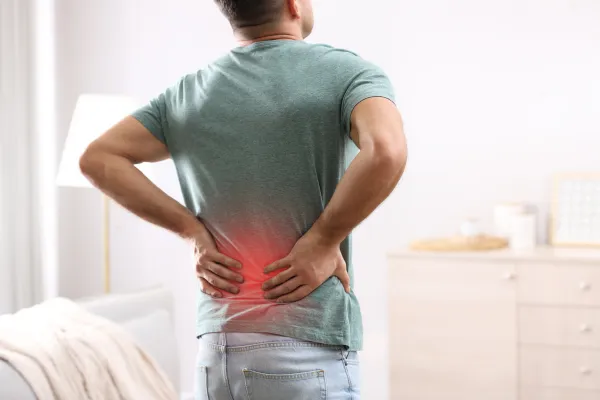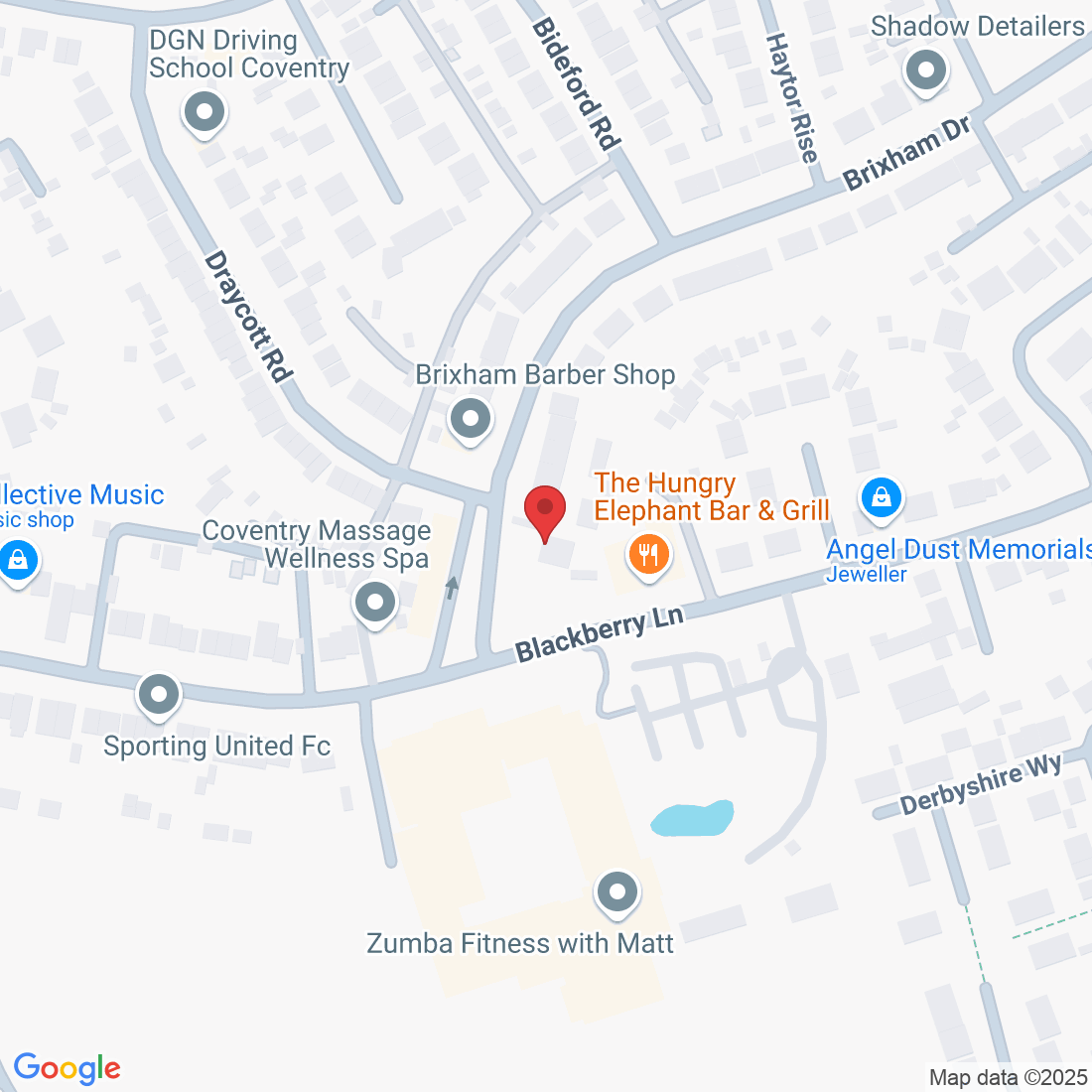
Why Your Lower Back Hurts After Exercise – And How to Fix It
It’s a familiar story for many people—your workout goes well, you’re feeling energised, and then a few hours later, your lower back starts to ache. Sometimes it’s a dull stiffness, other times it’s a sharp pain that makes you wonder if you’ve done something serious.
Lower back pain after exercise is common, but it’s not something you should ignore. Your body is telling you that something’s not quite right, and the good news is, with the right approach, you can fix it and prevent it from happening again.
Common Causes of Lower Back Pain After Exercise
1. Poor Technique
Whether you’re lifting weights, doing squats, or even running, poor form can put extra strain on your lower back. For example, rounding your back during a deadlift or leaning too far forward when squatting can overload the spine.
2. Weak Core Muscles
Your core isn’t just your abs—it includes the muscles in your sides and lower back that stabilise your spine. If these muscles aren’t strong enough, your lower back takes more of the load during exercise.
3. Tight Hips and Hamstrings
Limited flexibility in your hips and hamstrings can pull on your pelvis and lower back, making it harder for you to move correctly during workouts.
4. Overtraining
Pushing yourself too hard without enough rest can lead to muscle fatigue. When your muscles are tired, your form suffers, and your risk of injury increases.
5. Old Injuries
Previous back issues or even old injuries in other areas (like your knees or ankles) can affect your movement patterns and make you more likely to feel pain after exercise.
How to Fix and Prevent Lower Back Pain After Exercise
1. Check Your Form
If you’re unsure whether your technique is right, get a sports therapist or trainer to watch and correct you. Sometimes small adjustments make a huge difference.
2. Strengthen Your Core
Planks, side planks, bird-dogs, and dead bugs are great exercises to build a solid core foundation that supports your back.
3. Stretch Regularly
Include hip flexor, hamstring, and glute stretches in your post-workout routine to keep your muscles flexible and your pelvis in a healthy position.
4. Pace Yourself
Increase the intensity and volume of your workouts gradually to give your muscles time to adapt.
5. Book a Sports Therapy Session
A sports therapist can assess your movement patterns, release tight muscles, and give you a personalised rehab plan so you can train without pain.
When to Seek Professional Help
If your lower back pain is sharp, getting worse, or lasting more than a few days, it’s worth booking an assessment. Early treatment can stop a small problem from becoming a long-term issue.
Final Thought:
Lower back pain after exercise isn’t something you have to live with. By improving your technique, building strength, and getting the right treatment, you can enjoy your workouts and keep moving confidently.
Ask Abid And His Team
Fill in the form to request a Call From Our Team
One of our team will call you for FREE and answer any questions or concerns you may have about your uncomfortable Foot Pain
© Copyright 2022. Biomechanix Clinic Ltd. All rights reserved.





